We had a pack of animal flashcards. But my kid can already read. So here’s how we took these low-level cards up to Analyze – in three different ways.
All Of MyExamples
Browse By Technique
Hundreds of example lessons organized by differentiation techniques. Or browse by content area below!
🪄 Change, Then Explain!
My favorite way to reach "synthesize" - ask students to make a change and then explain the effects of that change.
🔃 Think Big! But Also Small.
Get your students' thinking moving from specific to the abstract and then back again.
❓ Ask Better Questions
I received surprisingly little training on how to ask questions, considering how many darn questions I asked!
💥 Get Ridiculous
Avoid boring examples and go for the outliers! Everything's more interesting when you're working with unexpected examples.
🎥 Embed A Classic
Take out a boring sample and embed great art, music, film, tv shows, and other classics into your lessons.
🚫 Anti-Techniques
These are ideas I used to believe that now I think aren't actually so great. Oops!
🤭 Find The Controversy
Every topic has some juicy controversy. Leverage it! Look for ambiguity, disagreements, dilemmas, and discrepancies in any topic.
🐛 Fuzzy Problems
Fuzzy problems are ambiguous. They are missing data. They have lots of right answers, but (more importantly) they also have wrong answers.
Browse By Content Area
All Of My Examples
Help my students remember these confusing terms!
If you want students to memorize, you can’t aim for memorize. You have to aim higher – and then memorization comes along for free.
When A Math Puzzle Isn’t Very Puzzling
It looks like a fun puzzle. But it’s actually just a low-level worksheet in disguise!
Don’t just list examples of writing techniques. Let’s improve Shakespeare!
I stopped and started with “What 👄 special writing techniques does the author use? List examples.”
Over-Scaffolding Writing
Here’s what happens when we make a scaffold the final product.
How *Not* To Ask Questions About A Novel
These “discussion questions” highlight so many of the problems we’ve been looking at.
Taking A Zoologist Across Disciplines
All I did was ask students to list and explain three “disciplines.” Let’s take it a bit further!
My class listed two Unanswered Questions. Now what?
It seems obvious, but if someone tells me what they’re wondering about, I shouldn’t move on to another topic!
Two Questions I Won’t Ask About A Famous Quote
Let’s do more than ask, “What did this person mean?”
What Makes An Antagonist Effective?
It’s really fun to take an already good sequence, tweak it, and get something even better!
